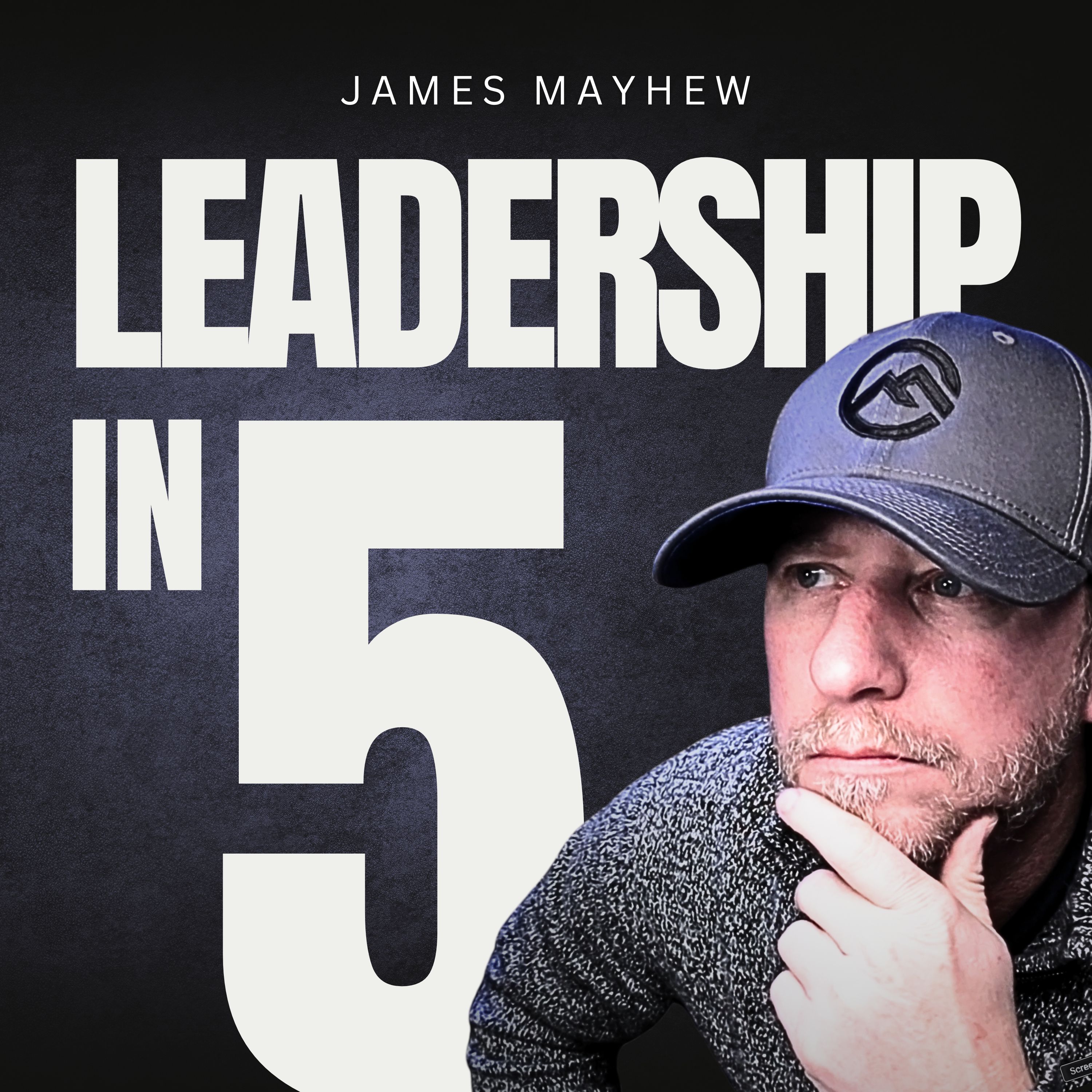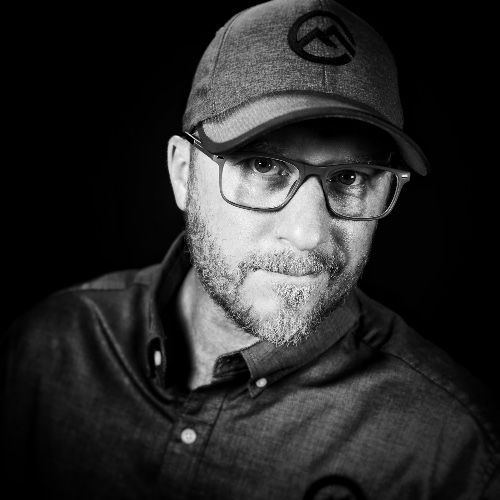Alignment Is the Highest Form of Clarity
EP03: Alignment Is the Highest Form of Clarity
Leadership in 5 | Leadership Foundations
Just because you said it, doesn’t mean it’s clear.
In this episode, James breaks down why so many execution problems aren’t caused by laziness or lack of discipline — but by misalignment. Clarity isn’t just about saying it well. It’s about making sure everyone walks away with the same understanding of what’s being done, who owns it, and when it matters.
In this episode:
- Why clarity without alignment leads to drift
- What “everyone’s pulling hard in different directions” really looks like
- The problem with “Does that make sense?”
- Simple questions that create alignment without micromanaging
Reflection Question:
What’s something I thought I made clear, but haven’t actually aligned on?
And what alignment question do I need to ask—today—to close that gap?
More Resources:
📘 Read the free book: NextQuestionGuide.com
📌 Connect on LinkedIn: linkedin.com/in/jamesmayhew
🎧 Explore more tools + coaching: JamesMayhew.com
Transcript
One of the hardest parts of leadership isn't decision-making.
It’s realizing the decision you thought was clear… wasn’t.
You said it in a meeting.
You clarified the goal.
You explained the direction.
You even asked, “Does that make sense?”
Everyone nodded.
So you assumed they had it.
But a week later?
Three different people are doing three different things.
One person stalled.
One person sprinted ahead.
And one person waited—because they thought the decision wasn’t final yet.
And that’s when it hits you.
Clarity isn’t what you said.
Clarity is what people align around.
Hi, I’m James and you’re listening to the Leadership in 5 podcast where leadership meets execution, one focused episode at a time.
I’m not going to mince words here.
Alignment is the highest form of clarity.
Because if it’s not aligned, it’s not clear.
This is where founders start to feel frustration.
Not because people aren’t working hard.
But because what you thought was obvious… clearly wasn’t.
You’re thinking, “Why aren’t they following through?”
“Why are we talking about this again?”
“Didn’t we already cover this?”
And maybe you did.
But here’s what I’ve learned… saying it once isn’t enough.
Not in a fast-moving business.
Not when people are juggling multiple priorities.
Not when language gets interpreted a dozen different ways.
It’s not a question of effort.
In most cases everyone’s pulling hard, just not in the same direction.
They each heard something slightly different.
They each walked away with their own version of “what we’re doing.”
And now you’re circling back, not because they dropped the ball…
but because the ball never landed in the same spot.
I’ve seen this happen in small teams and $100M companies.
The issue isn’t always communication, it’s actually alignment… or even better, calibration.
You’ve got to slow down enough to make sure people aren’t just nodding… they’re locking in.
So what does that look like?
It means asking better questions.
Not, “Does that make sense?” – because everyone will say yes.
Try this instead:
“What are you pulling from this?”
“What are you taking ownership of?”
“When should that be visible — and to who?”
You’ll be amazed what those questions surface.
Because clarity thrives in the specifics.
And alignment? It thrives because you’re living in shared specifics.
I had a client who told their team, “This is a priority.”
But never clarified what that meant in practice.
One person dropped everything to work on it immediately.
Another scheduled it for Q2.
A third figured someone else was owning it.
The word was clear.
The meaning wasn’t.
So here’s your reflection:
What’s something I thought I made clear—
but haven’t actually aligned on?
And what alignment question do I need to ask today, to close that gap?
Remember,
Clarity is what you say, but
Alignment actually dictates what gets done.
And if you want a culture where execution flows freely — alignment is where it starts.
And that’s worth thinking about today.




